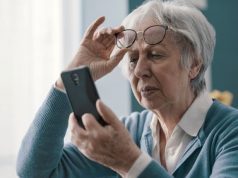Patient-provider communication not associated with receipt of CRC screening
FRIDAY, July 28, 2017 (HealthDay News) — Factors associated with colorectal cancer (CRC) screening rates at U.S. community health centers include age and insurance status, but not patient-provider communication, according to a study published online July 14 in Cancer.
Sue C. Lin, Ph.D., from the U.S. Department of Health and Human Services in Rockville, Md., and colleagues used data from the 2014 Health Center Patient Survey to examine the correlation of sociodemographic variables and patient-provider communication with CRC screening receipt.
The researchers found that the odds of receiving CRC screening were higher for patients aged between 65 and 75 years (adjusted odds ratio, 2.49) and patients not in the labor force (adjusted odds ratio, 2.32). The odds of receiving CRC screening were lower for patients who were uninsured (adjusted odds ratio, 0.33) and for non-English-speaking patients (adjusted odds ratio, 0.42). There was no correlation for patient-provider communication with receipt of CRC screening.
“The CRC screening rate for health center patients was 57.9 percent, whereas the rate was 65.1 percent according to the 2012 Behavioral Risk Factor Surveillance System and 58.2 percent according to the 2013 National Health Interview Survey,” the authors write. “Addressing the lack of insurance, making culturally and linguistically appropriate patient education materials available, and training clinicians and care teams in cultural competency are critical for increasing future CRC screening rates.”
Abstract
Full Text (subscription or payment may be required)
Copyright © 2017 HealthDay. All rights reserved.








